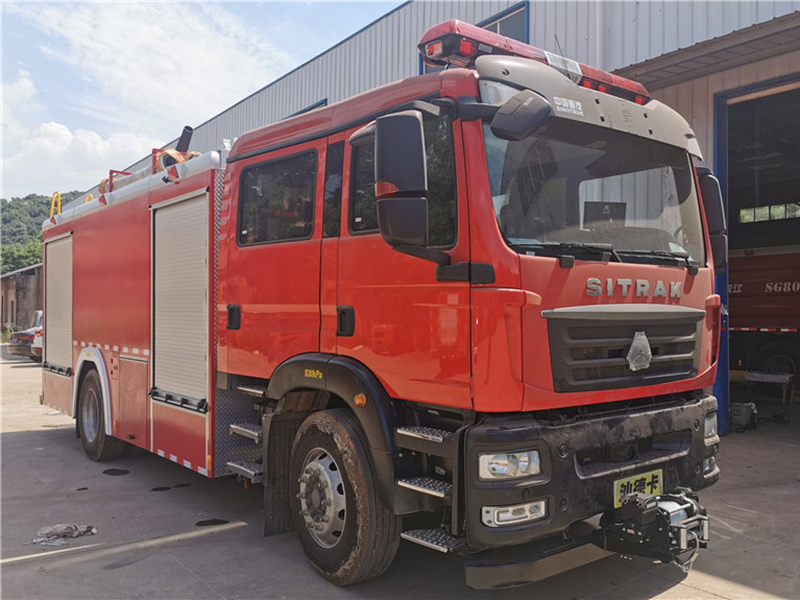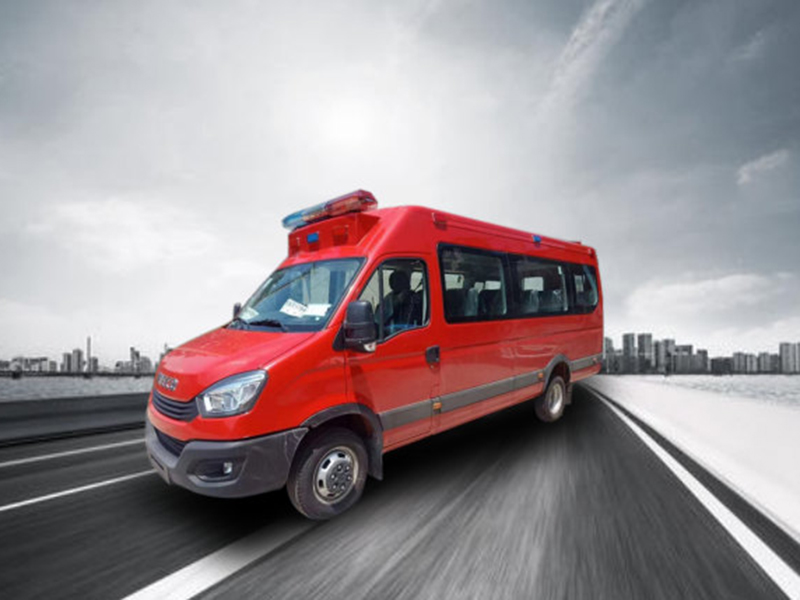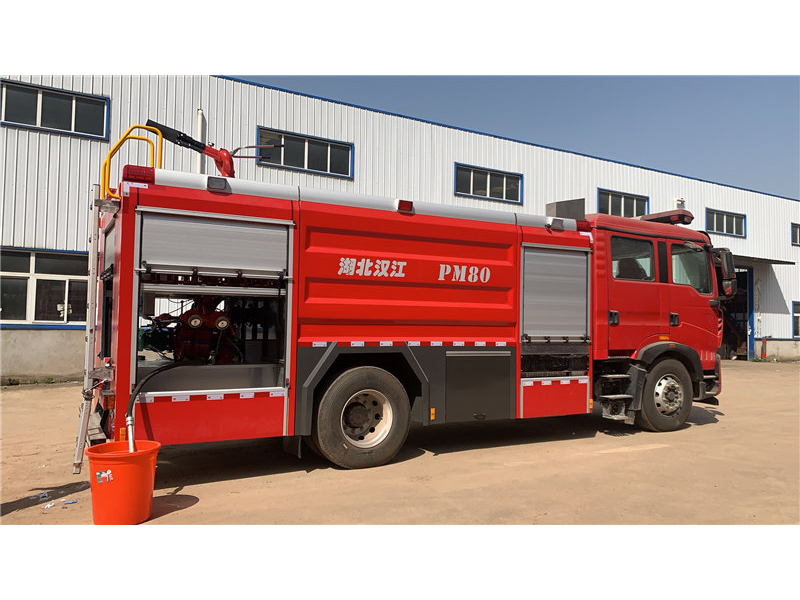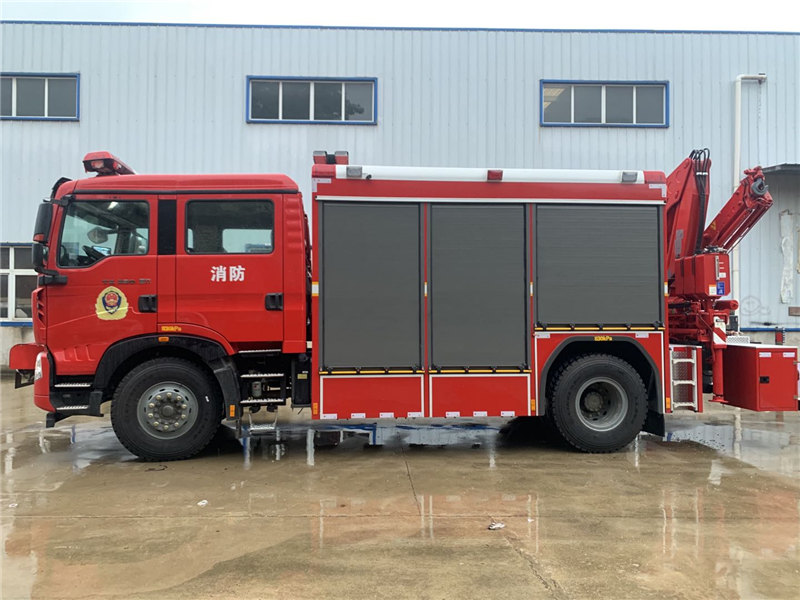OEM/ODM China Fire Rescue Vehicles - Factory Price ISUZU Special Truck Water and Foam Tank Rescue Vehicle Fire Engine Fire Extinguisher Vehicle Fire Fighting Pump Truck – Bohui
OEM/ODM China Fire Rescue Vehicles - Factory Price ISUZU Special Truck Water and Foam Tank Rescue Vehicle Fire Engine Fire Extinguisher Vehicle Fire Fighting Pump Truck – Bohui Detail:
Description
Rescue vehicle consists of the car chassis, the upper body (with emergency rescue equipment), the power take-off and transmission, the generator (shaft or independent generator), the winch (hydraulic or electric), the truck crane ( Generally folding arm type, behind the car body), lifting lighting system, electrical system. According to the use of fire rescue vehicles, the specific configuration of the car is not the same, such as truck cranes, winches, generators, lift lights, etc. not all of the rescue vehicles have. Rescue fire trucks are divided into ordinary rescue vehicles, chemical rescue fire trucks, and special rescue vehicles (such as earthquake rescue vehicles).
Functions
Lifting, self-rescue/traction, clearing, power generation, lighting, etc. It can be equipped with a large number of fire-fighting equipment or tools, such as demolition, detection, plugging, protection, etc. The interior of the trucks is made of aluminum alloy profiles. Adjustable modular structure, reasonable space layout, safe and convenient tool access, belonging to special fire trucks, widely used in firefighting units, dealing with various natural disasters, emergencies and rescue, rescue and other fields.
Rescue fire trucks can be divided into two types
Light vehicles and heavy vehicles. Light vehicle configuration: The chassis is a carrier, and the special functions are: traction, power generation, lighting and rescue, and rescue tools. Heavy-duty vehicle configuration: Special functions include: lifting, traction, power generation, lighting and rescue tools.
Parameters
| Model | ISUZU-RESCUE |
| Chassis Power(KW) | 205 |
| Emission Standard | Euro3 |
| Wheelbase(mm) | 4500 |
| Passengers | 6 |
| Lifting Weight(kg) | 5000 |
| Traction Winch Tension(Ibs) | 16800 |
| Generator Power(KVA) | 15 |
| Lifting lights height(m) | 8 |
| Lifting lights power(kw) | 4 |
| Equipment capacity(pcs) | ≥80 |
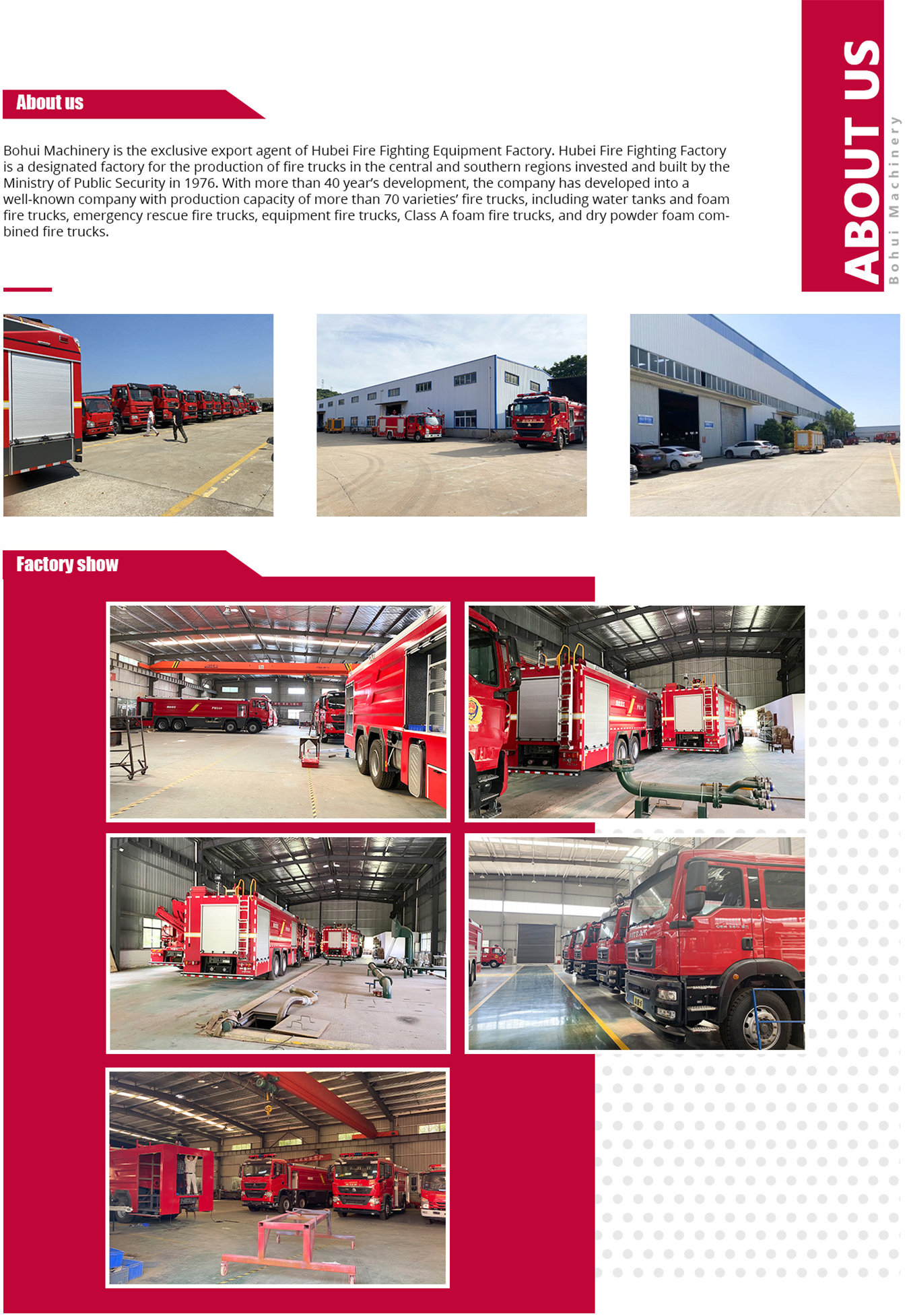
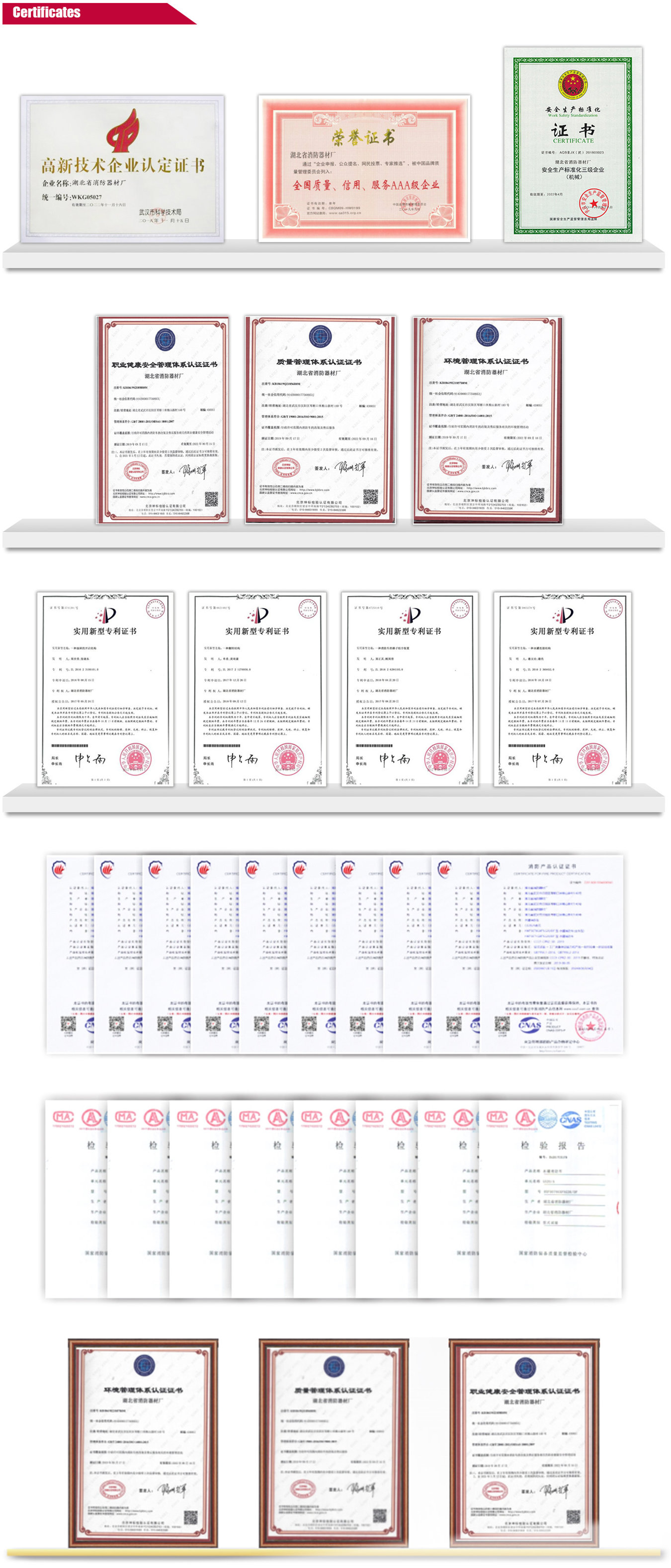
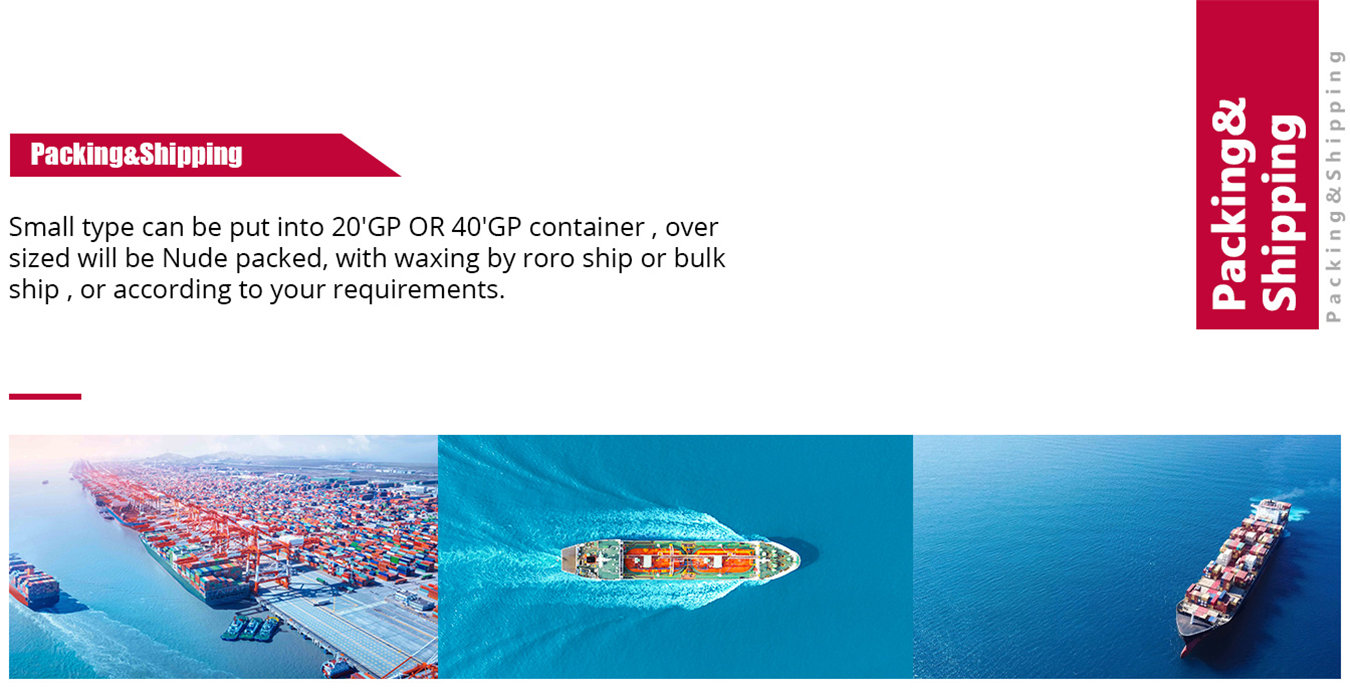
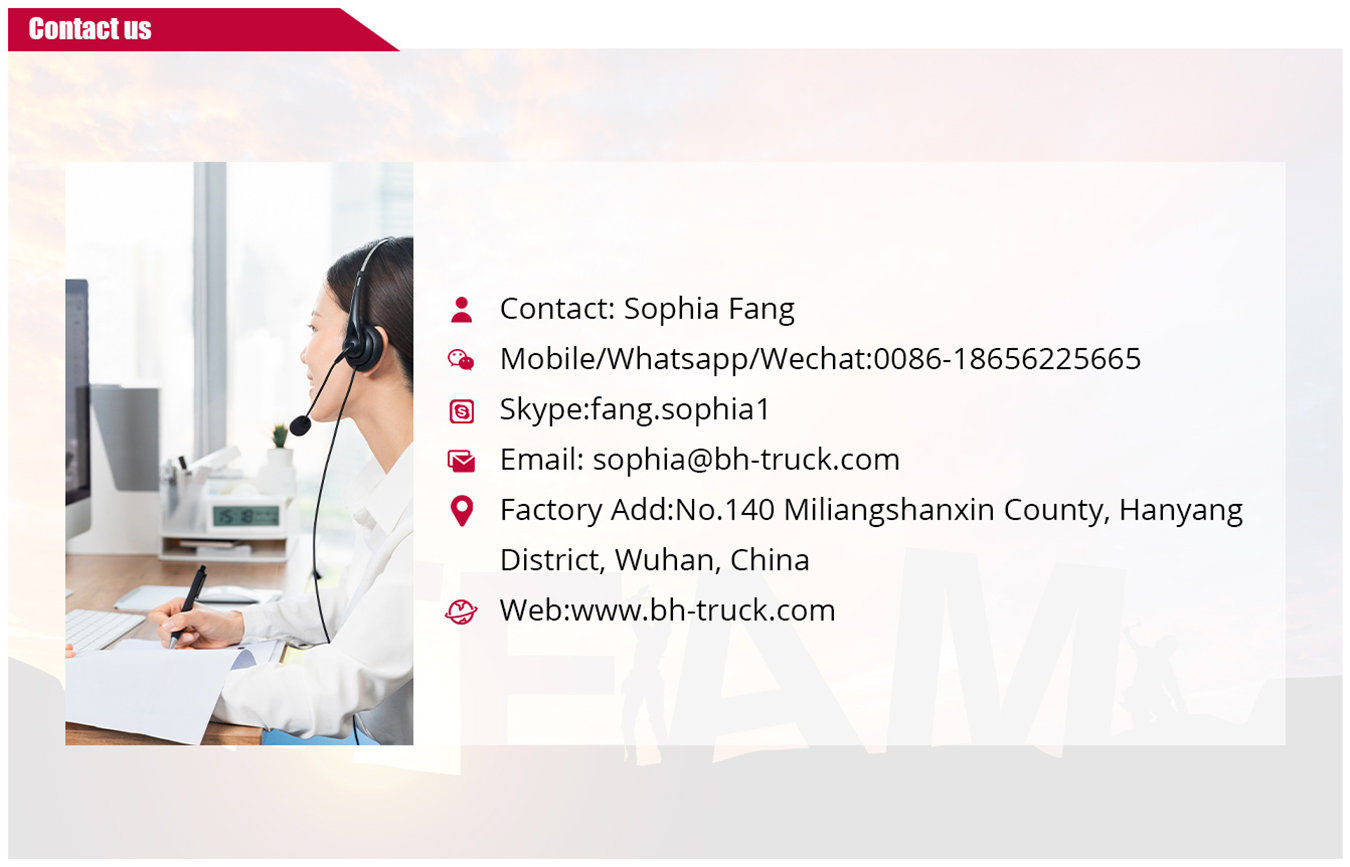
Product detail pictures:
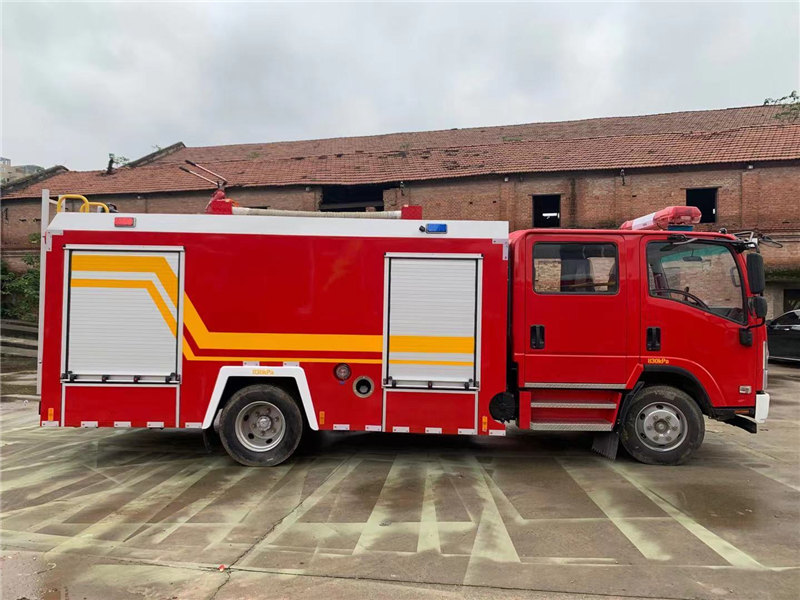
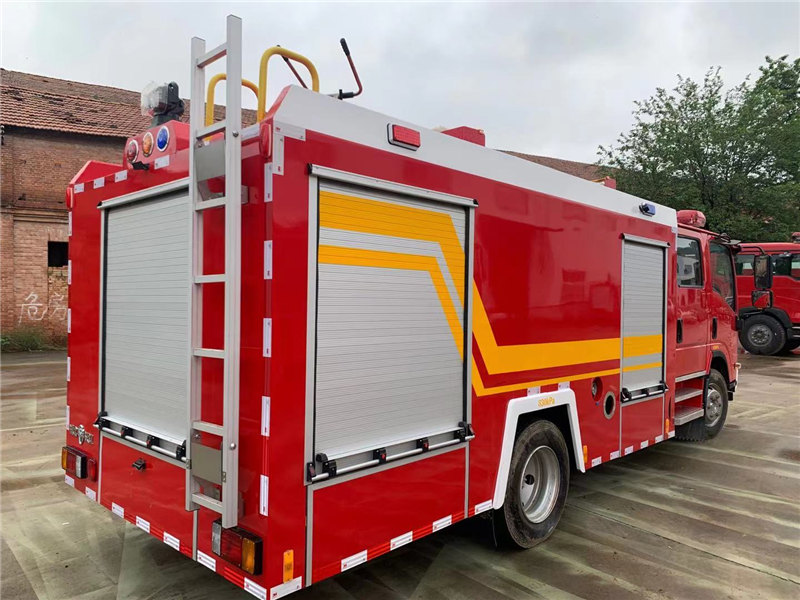

Related Product Guide:
We believe in: Innovation is our soul and spirit. High-quality is our life. Purchaser need is our God for OEM/ODM China Fire Rescue Vehicles - Factory Price ISUZU Special Truck Water and Foam Tank Rescue Vehicle Fire Engine Fire Extinguisher Vehicle Fire Fighting Pump Truck – Bohui , The product will supply to all over the world, such as: Nigeria, Bulgaria, Barcelona, We've got won a good reputation among overseas and domestic clients. Adhering to the management tenet of "credit oriented, customer first, high efficiency and mature services", we warmly welcome friends from all walks of life to cooperate with us.
As an international trading company, we have numerous partners, but about your company, I just want to say, you are really good, wide range, good quality, reasonable prices, warm and thoughtful service, advanced technology and equipment and workers have professional training, feedback and product update is timely, in short, this is a very pleasant cooperation, and we look forward to the next cooperation!

